Have you ever walked through a misty forest and felt like you’d stepped into another world? The air is thick, almost magical, and the trees stand quiet, shrouded in a gentle embrace of fog. But while fog might feel mysterious to us, for certain forests and their trees, it’s nothing short of a life-saving drink. In places where rain isn’t always reliable, fog becomes the unsung hero—slipping quietly through the canopy, clinging to leaves, and offering up precious moisture in ways you’d never imagine. Let’s unravel the enchanting science behind how fog acts as an invisible lifeline, helping trees survive and thrive in some of Earth’s most remarkable forests.
The Secret Life of Fog

Fog might look like just a low-hanging cloud, but it’s a rich tapestry of tiny water droplets suspended in the air. Unlike rain, which falls with a splash, fog weaves silently around trunks and leaves, almost like a ghostly river drifting through the trees. In coastal forests and mountain ranges, fog often rolls in when the air cools rapidly or meets moist, oceanic winds. Instead of soaking the ground, this misty moisture lingers, offering a slow, steady source of water to the plants and animals below. For trees, this can mean the difference between thirst and survival, especially during dry spells.
How Trees Actually Drink from Fog
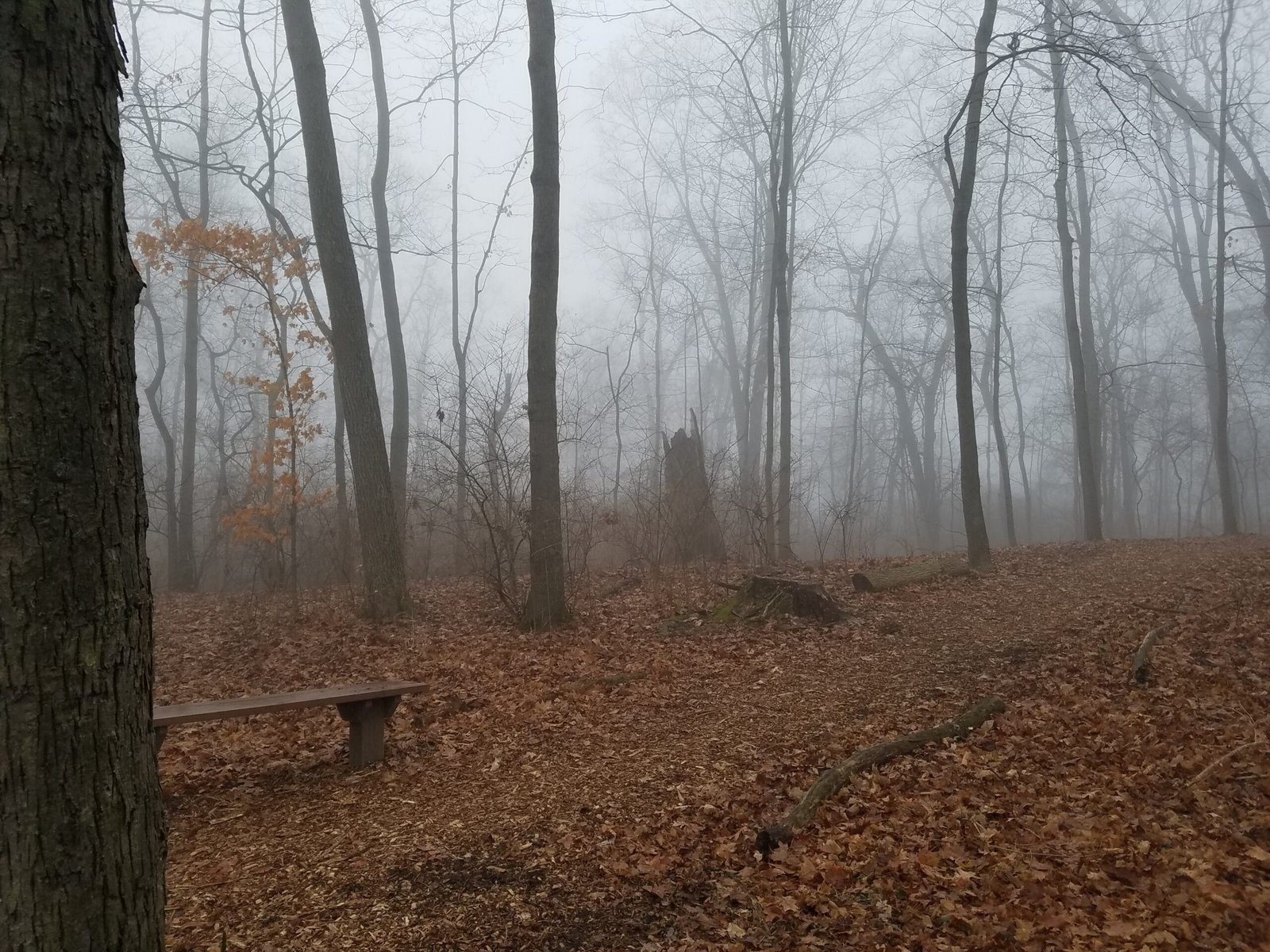
You might be surprised to learn that some trees don’t just rely on their roots for water—they can absorb it directly through their leaves and bark. When fog settles on a tree’s surface, water droplets collect and sometimes merge into larger beads. These beads can be absorbed through tiny pores or drip down to the soil, nourishing roots. In some cases, leaves have special structures or waxy coatings that make them especially good at catching and funneling fog. It’s a bit like nature’s version of sipping dew from a glass on a hot day, except the trees have figured out how to do it on their own.
Cloud Forests: Where Fog Reigns Supreme
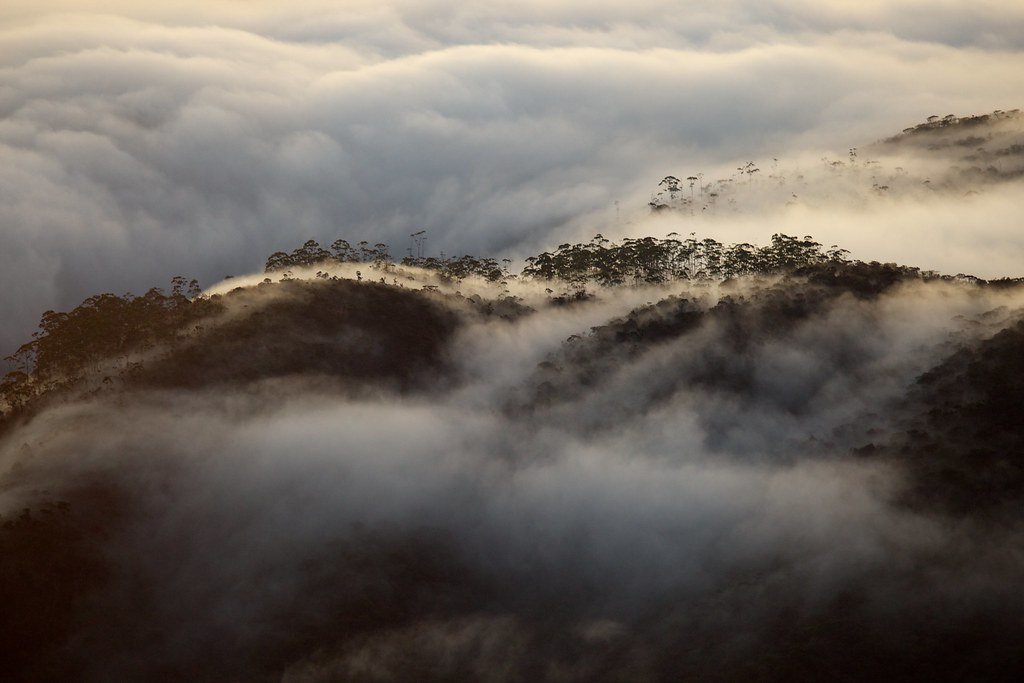
There are places in the world where fog isn’t just an occasional visitor—it’s the main event. Cloud forests, found in tropical mountains from Costa Rica to Ethiopia, are wrapped in mist for much of the year. Here, fog provides up to half of the total water trees receive, especially during the dry season. The trees have adapted to these conditions with broad, rough leaves that trap water efficiently. Epiphytes, like mosses and orchids, thrive in this moist environment, turning every branch into a lush, living sponge. Without fog, these forests would be much drier and less diverse.
Coastal Redwoods: Giants Fueled by Mist
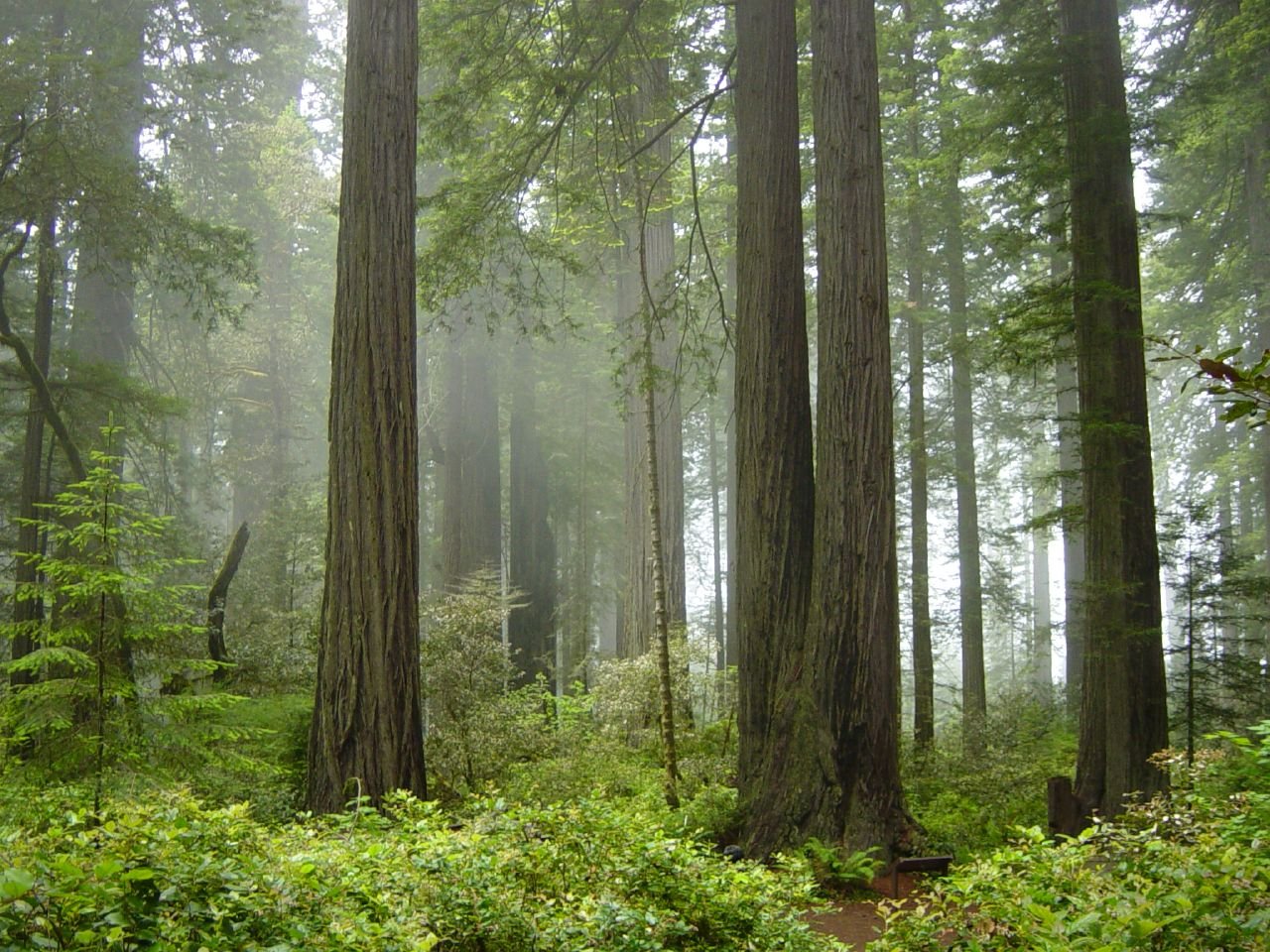
California’s coastal redwoods are the tallest trees on Earth, and much of their size is thanks to the Pacific Ocean’s fog. In summer, when rain is scarce, cold ocean currents produce thick fog banks that drift inland. The redwoods’ needles are perfectly shaped to snag water droplets, which then trickle down the bark and soak into the soil. Some scientists estimate that up to a third of the water these giants use in the dry season comes directly from fog. It’s a silent partnership—a towering tree and a rolling cloud—working together to defy drought.
Desert Edges: Fog as a Lifeline
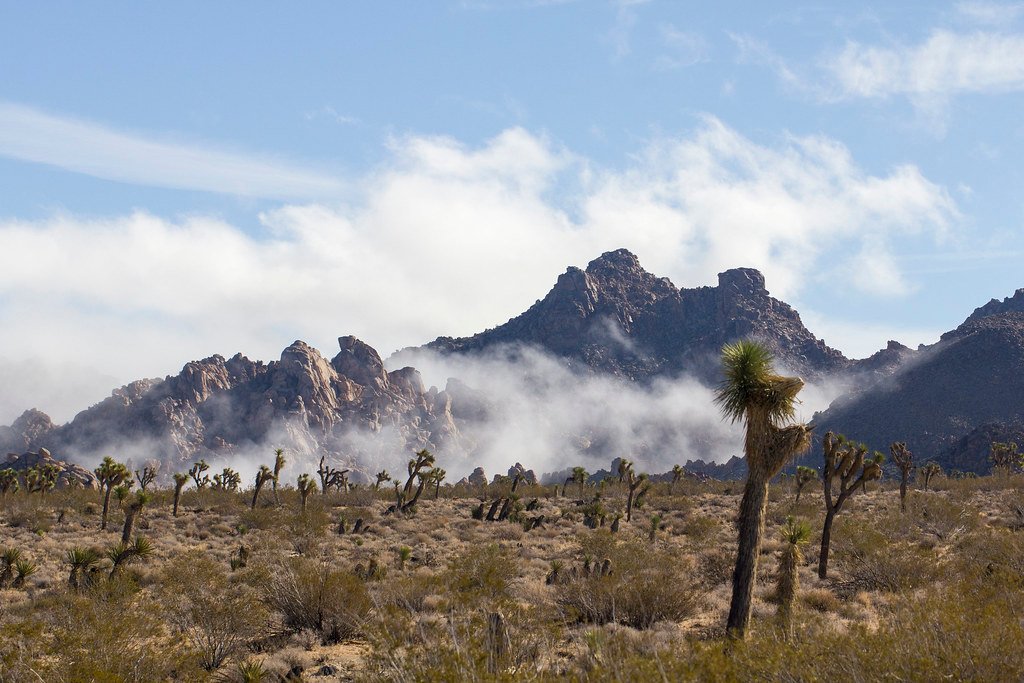
It might sound strange, but fog can be a lifesaver even in places where rain is rare. On the edges of deserts, like the Namib or Atacama, fog drifts in from the sea and blankets the land. Trees and shrubs have evolved to take advantage of this fleeting moisture. For example, the welwitschia plant in Namibia captures fog on its long, strap-like leaves, channeling droplets down to its roots. Without fog, these hardy plants would never survive the relentless dryness of their environment.
The Art of Fog Drip
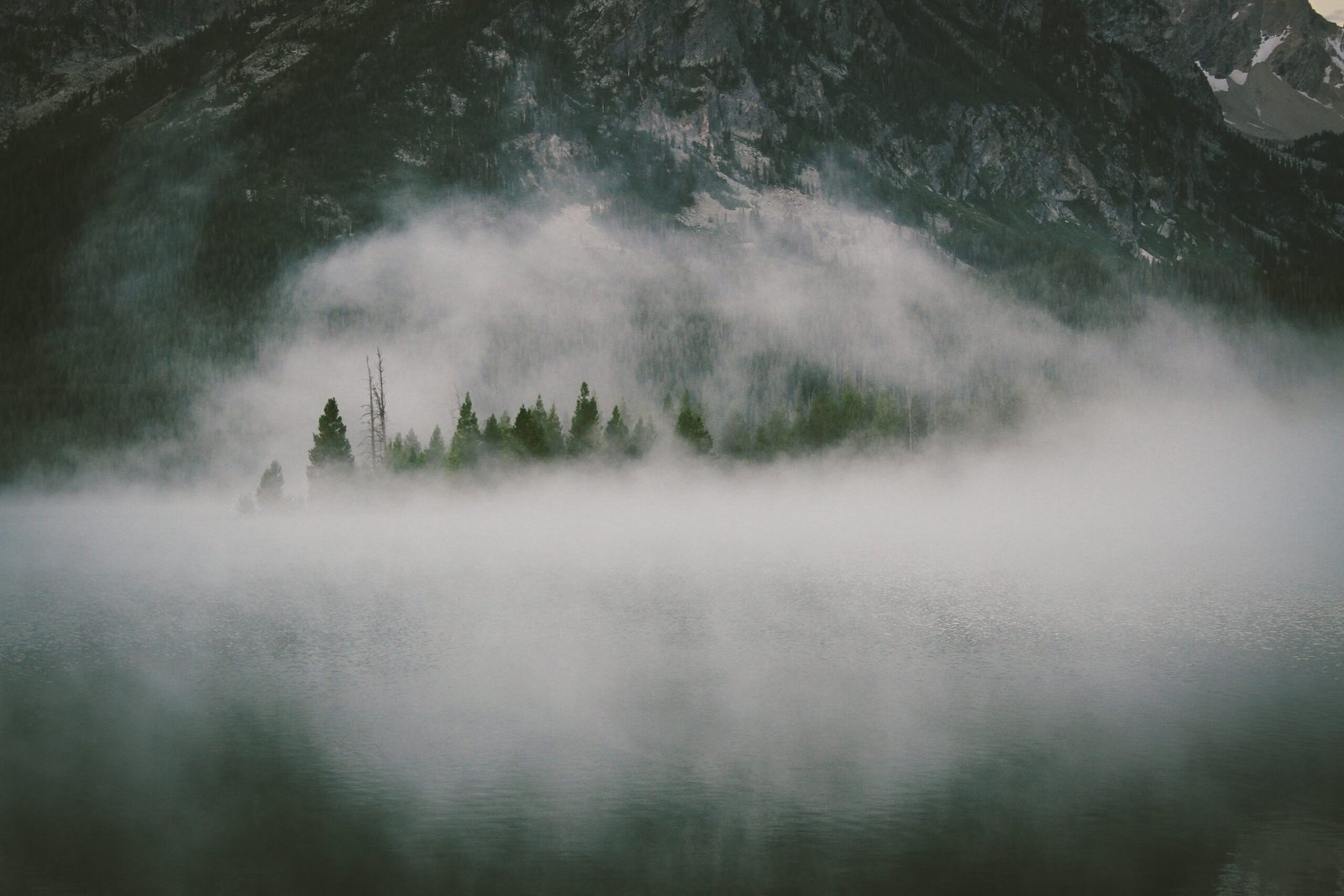
Imagine rain without the storm—just a gentle, persistent drip from the leaves overhead. That’s fog drip: when fog collects on branches and leaves, then falls to the forest floor as droplets. This process can be so effective that it sometimes rivals or even exceeds rainfall itself in providing water to the soil. In pine and oak forests along coastal cliffs, fog drip creates miniature oases beneath the canopy, where mosses and ferns flourish even when the ground around them is parched.
Leaf Adaptations for Fog Collection
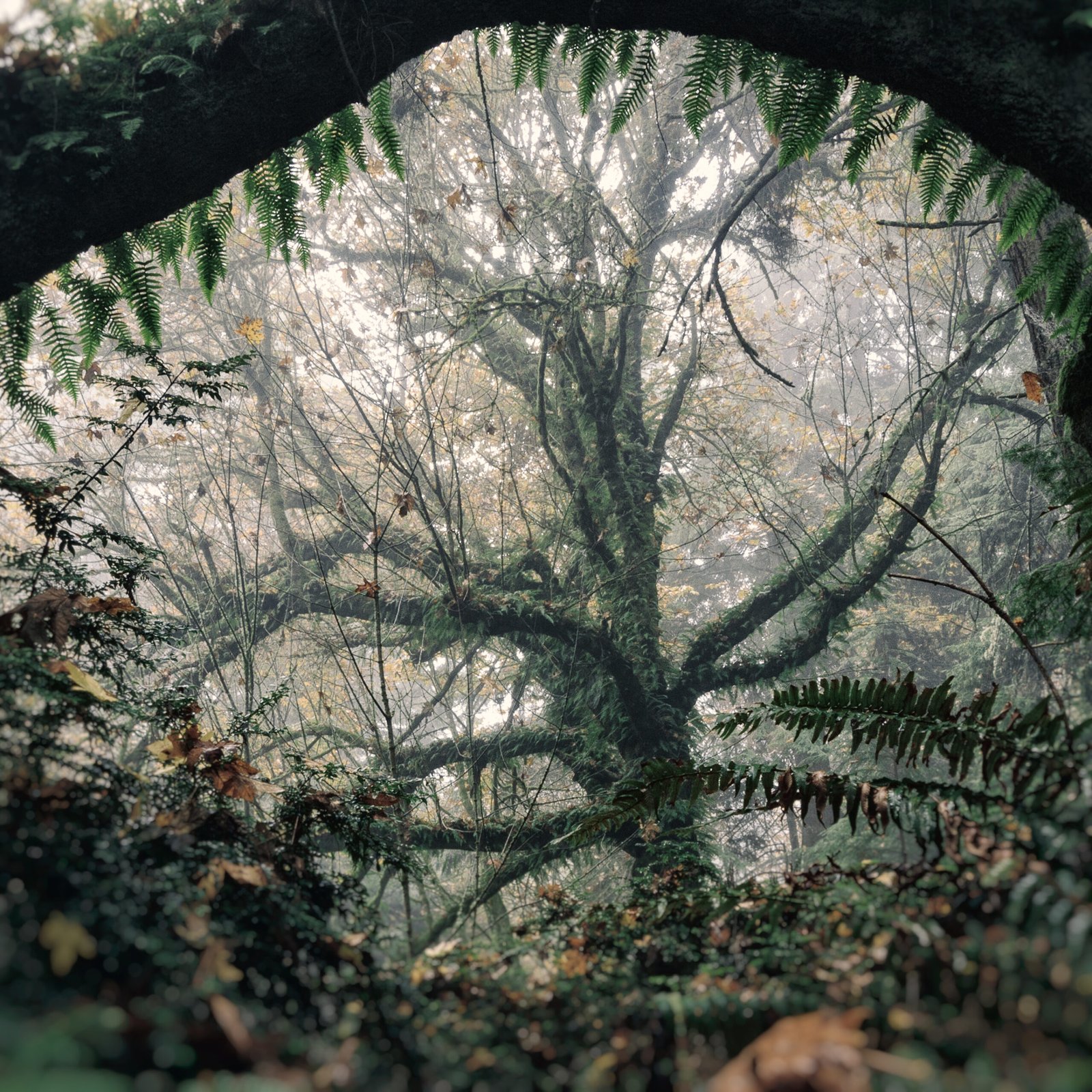
Trees that depend on fog have evolved all sorts of clever tricks to catch and hold onto moisture. Some leaves are rough or hairy, increasing the surface area where droplets can form. Others are shaped to funnel water toward the base of the stem, almost like a built-in gutter system. Waxy coatings can help keep water from evaporating too quickly, while specialized pores on the leaf surface allow for direct absorption. Each adaptation is a reminder of nature’s ingenuity—a quiet arms race for every drop of water.
Roots and the Underground Connection
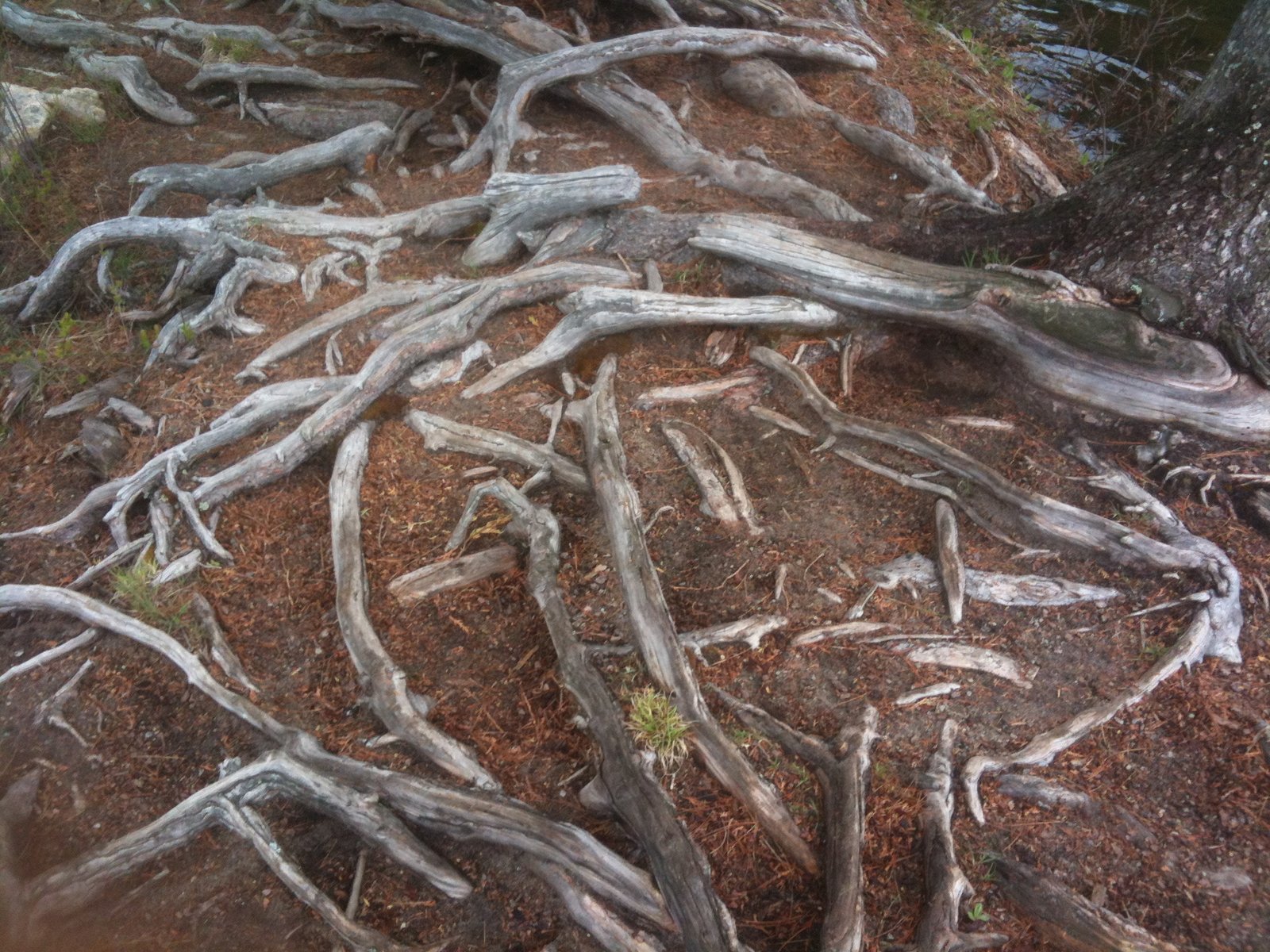
While fog feeds leaves and bark, it also plays a crucial role underground. As fog drip trickles down, it moistens the soil, providing water for roots. In fog-dependent forests, shallow root systems are common, positioned to quickly soak up this surface moisture. This means that even when the deeper soil is dry, trees can survive on the steady drip-drip-drip of fog. Root systems may spread wide rather than deep, forming a dense network just below the surface to catch every possible drop.
Fog and the Water Cycle

Fog isn’t just a local phenomenon—it’s a vital part of the bigger water cycle. When fog water drips to the ground and seeps into streams, it helps recharge aquifers and maintain river flow during dry months. This can be especially important in regions where rainfall is unpredictable or declining. By acting as a slow-release reservoir, fog bridges the gap between wet and dry seasons, keeping ecosystems stable and resilient.
Fog’s Role in Preventing Drought Stress

Trees under drought stress can wilt, shed leaves, or even die. But in foggy environments, this stress is often eased. Fog provides a steady, reliable source of moisture when rain is scarce. The presence of fog can reduce the need for trees to close their stomata (the tiny pores they use to breathe), allowing them to continue photosynthesizing even in tough conditions. This means healthier leaves, stronger growth, and a better chance of surviving the next dry spell.
Fog as a Coolant and Shade Provider

There’s more to fog than just moisture—it also cools the air and diffuses sunlight. On hot days, a blanket of fog can lower temperatures by several degrees, protecting leaves from scorching. This gentle cooling helps slow down evaporation from both the soil and the trees themselves. In places like the Pacific Northwest or the Andes, fog acts like a natural air conditioner, giving trees a break from heat stress and creating a comfortable microclimate for wildlife.
Wildlife that Depend on Fog-Drip Forests

It’s not just trees that love fog—many animals depend on fog-fed forests, too. Frogs, salamanders, and insects thrive in the cool, moist undergrowth created by constant fog drip. Birds and mammals find water in tiny pools formed by dripping leaves, while mosses and lichens create a soft, spongy home for small creatures. Some species are so specialized that they can only live in foggy forests, making these ecosystems hubs of unique biodiversity.
Climate Change and Shifting Fog Patterns
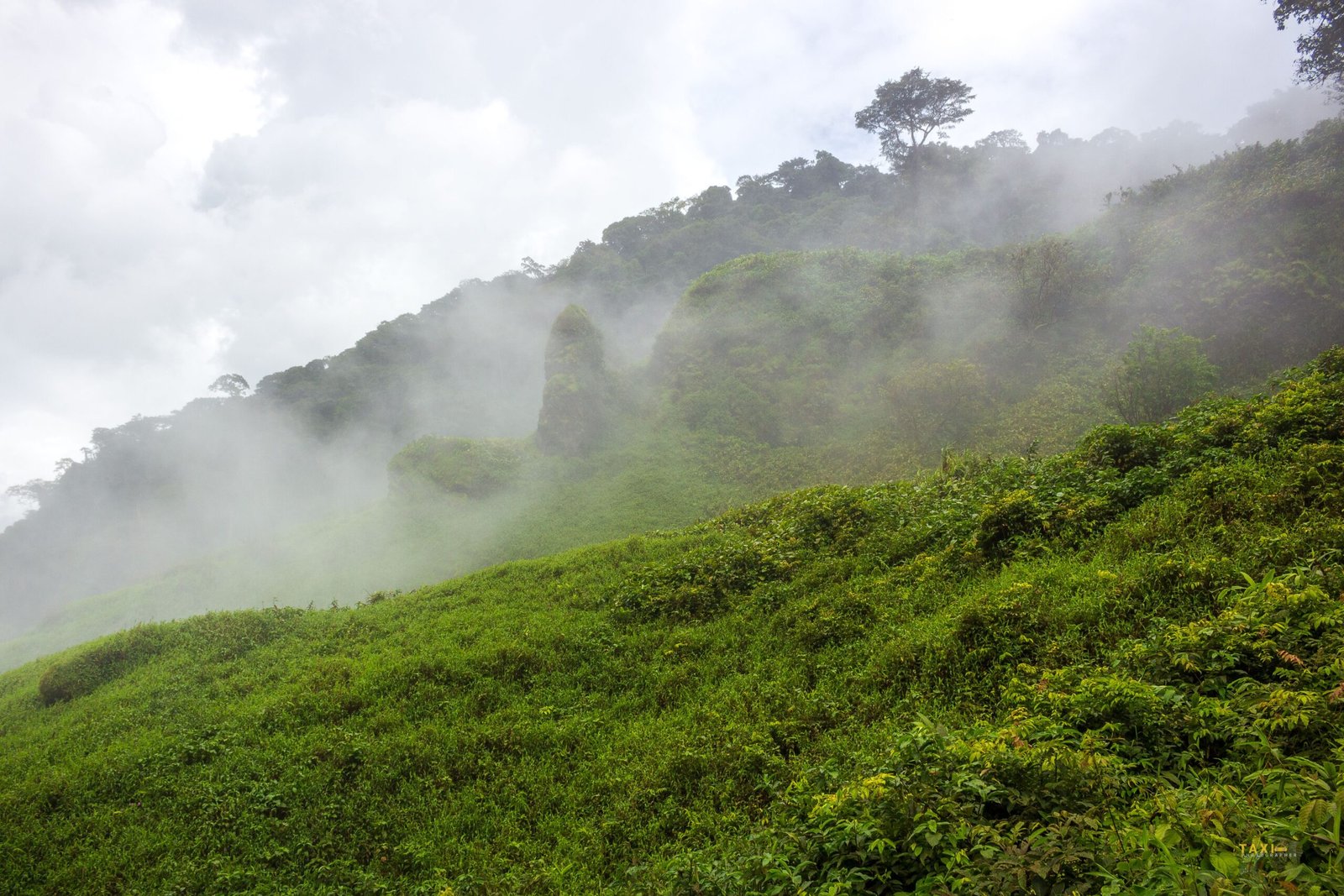
Scientists are growing concerned that climate change could alter fog patterns in critical regions. Warming oceans and changing wind patterns might mean less fog in some places, threatening the delicate balance these forests depend on. In California, for example, researchers have observed declines in coastal fog over recent decades, raising alarms for redwoods and other fog-dependent species. Understanding and protecting fog’s vital role is becoming more urgent as climate shifts accelerate.
Innovative Research: Tracking Fog’s Journey

Modern science is unlocking new secrets about how fog moves and how much water it delivers. Researchers use everything from satellite images to tiny sensors on tree branches to track fog’s path and measure its impact. In some experiments, scientists even use dyes to watch how absorbed fog water travels through a tree’s tissues. These insights are helping us understand just how important fog is—and how forests might adapt if those patterns change.
Practical Applications: Learning from Nature

Inspired by fog-loving forests, engineers and designers are developing new ways to harvest water from the air. Fog nets, for example, are being used in places like Chile and Morocco to capture moisture for drinking and farming. These simple mesh structures mimic the way tree leaves catch fog, turning mist into life-saving water in arid regions. It’s a beautiful example of biomimicry—borrowing nature’s solutions to solve human problems.
Personal Connection: Experiencing Fog in the Forest

If you’ve ever spent time in a foggy forest, you know there’s something almost spiritual about the experience. The world feels hushed, the air tastes different, and every leaf glimmers with pearls of water. For me, walking among the redwoods on a fog-shrouded morning was unforgettable. I remember reaching out to touch a branch and watching droplets roll down my fingers—nature’s quiet miracle, happening right in my hand. It’s moments like these that remind us how deeply connected we are to the hidden workings of our planet.
A Reminder of Nature’s Ingenuity
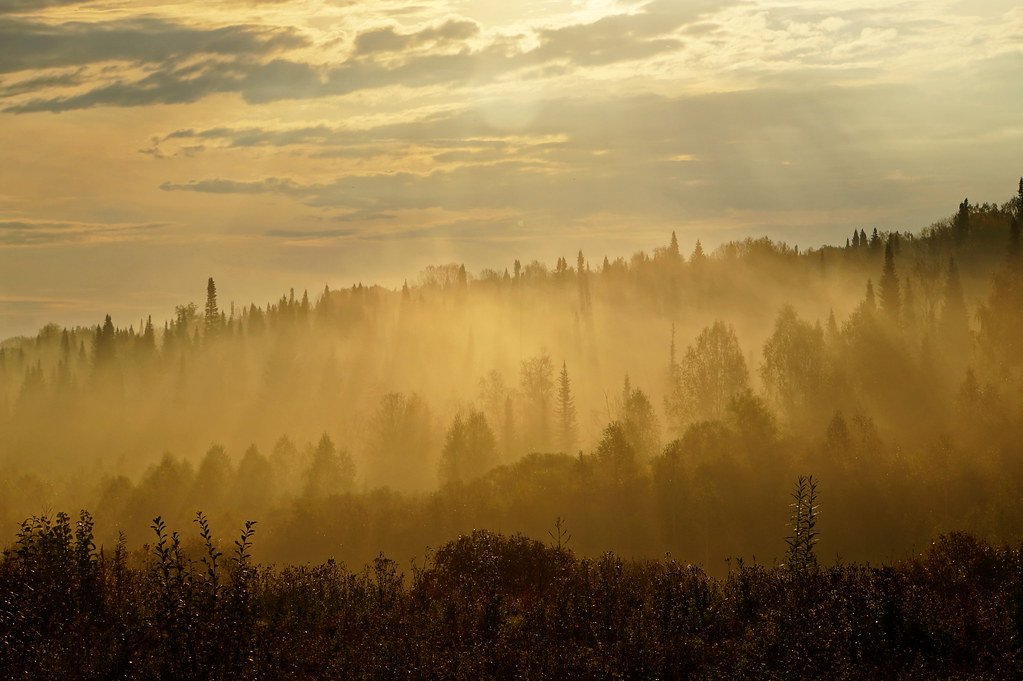
Fog’s role in helping trees drink is a story of adaptation, resilience, and quiet brilliance. It shows us that even the softest, most subtle forces—like a drifting mist—can be powerful allies in the struggle for survival. Forests that rely on fog are living proof that nature always finds a way, crafting ingenious solutions to life’s toughest challenges. The next time you find yourself in a foggy woodland, take a moment to appreciate the hidden dance of water, air, and life unfolding all around you. Isn’t it amazing what a little mist can do?


